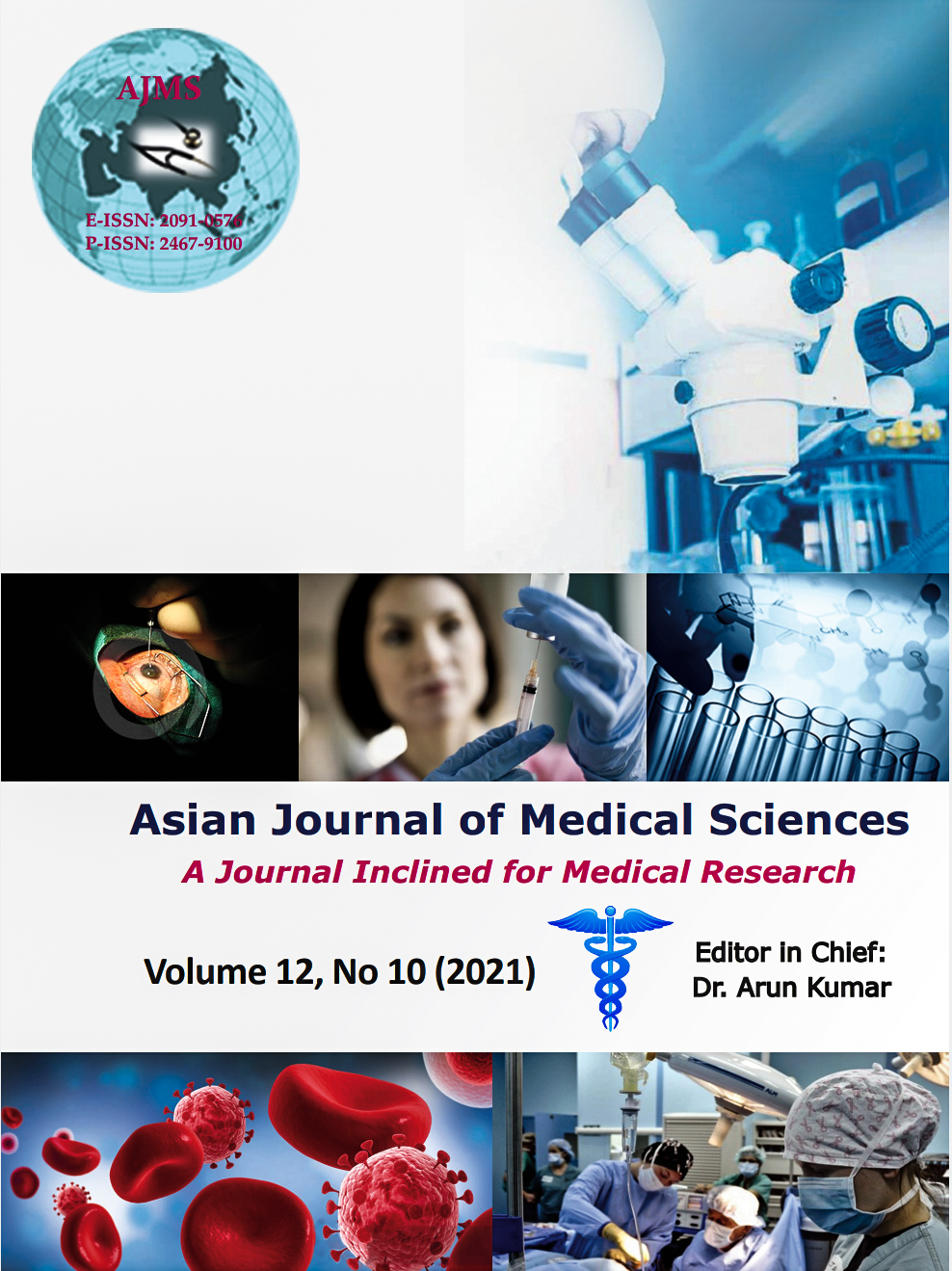Vaginal Vibrator as an alternative to Dilator in vaginal stenosis post pelvic radiotherapy in cervical cancer
Keywords:
Cervical Cancer, Pelvic Radiotherapy, Vaginal Stenosis, Sexual Dysfunction, Vaginal DilatorAbstract
Sexuality, post cancer treatment is the most unattended aspect of patient doctor communication. Quality of life in a cancer survivor should be addressed without any inhibitions so that patient does not suffer from any kind of psychological distress. Vaginal stenosis is a well-known side effect of pelvic radiotherapy, which we have tried to address in our study. We have used vaginal vibrator as an alternative to vaginal dilator in two of our patients on experimental basis post vaginal dilator. Both the patients gave feedback that vibrator is comparatively easy to use and less painful. On follow up examination visits, their per vaginal examinations were easy to perform and visibly improved vaginal mucosal health. Psychosexual adjustment is an important domain for better quality of life. Vaginal vibrator is an unorthodox method which we have explored and found some promising results, in overcoming vaginal stenosis and adhesions post pelvic radiation. However, this aspect of treatment as well as method needs to explored.
Downloads
Downloads
Published
How to Cite
Issue
Section
License
Copyright (c) 2021 Asian Journal of Medical Sciences

This work is licensed under a Creative Commons Attribution-NonCommercial 4.0 International License.
Authors who publish with this journal agree to the following terms:
- The journal holds copyright and publishes the work under a Creative Commons CC-BY-NC license that permits use, distribution and reprduction in any medium, provided the original work is properly cited and is not used for commercial purposes. The journal should be recognised as the original publisher of this work.
- Authors are able to enter into separate, additional contractual arrangements for the non-exclusive distribution of the journal's published version of the work (e.g., post it to an institutional repository or publish it in a book), with an acknowledgement of its initial publication in this journal.
- Authors are permitted and encouraged to post their work online (e.g., in institutional repositories or on their website) prior to and during the submission process, as it can lead to productive exchanges, as well as earlier and greater citation of published work (See The Effect of Open Access).




